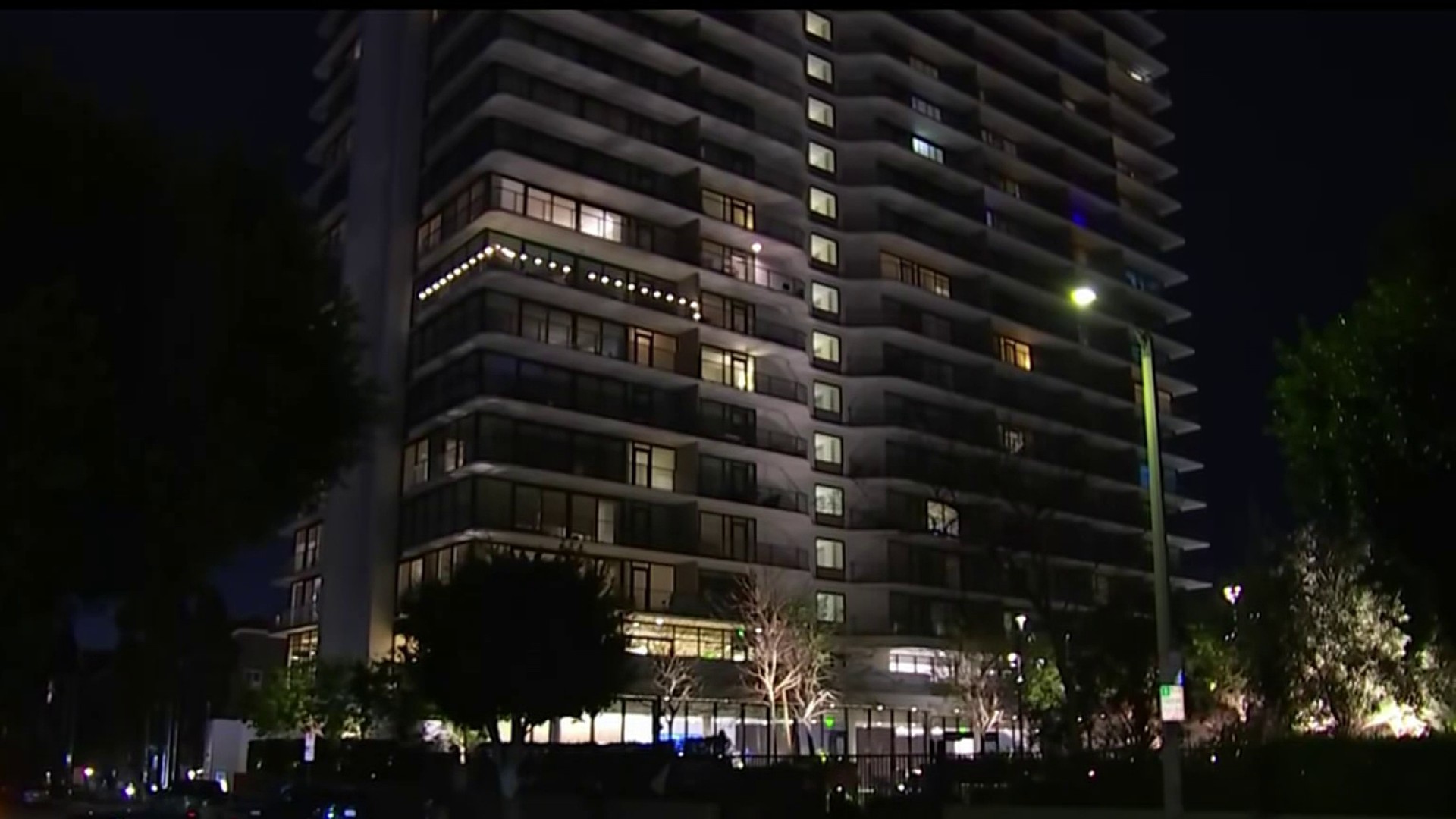Pssst! You, over there, with the lawn.
Got some grass? Give you $2 a square foot for it.
Consider it an upping of the water conservation ante in the city of Los Angeles, where officials mindful of all the water used to keep lawns green are renewing efforts to persuade households to remove them.
Between 40 and 70 percent of the water delivered by LA's Department of Water and Power goes to outdoor uses, "mostly irrigating the lawn," said Penny Falcon, the DWP's water conservation policy manager.
Four years ago, DWP launched a program that would pay residential customers $1.50 for every square foot of lawn replaced with less-thirsty landscaping, such as drought-tolerant plants. Since then, 848 households have taken the offer, converting 1,155,271 square feet.
But that's just a start in a city of 4 million people that sprawls some 500 square miles (138,932,000 square feet).
This spring, the decision to raise the offer 33 percent was made after a dry winter put the DWP in the position of having to rely on purchasing from outside sources for an unprecedented 70 to 80 percent of the water its system will deliver this year.
Local
Get Los Angeles's latest local news on crime, entertainment, weather, schools, COVID, cost of living and more. Here's your go-to source for today's LA news.
Shortages are not imminent. But there's a clear economic incentive: imported water is more expensive.
"So we're trying to do everything we can to improve conservation," Falcon said.
It's not that Angelenos have not already responded. DWP water use is down 20 percent from levels before the three-year drought that began in 2007.
Since then, thousands of households have installed low-flow shower heads and reduced flush-volume toilets. Still in effect is the three-day-a-week limit on outdoor watering imposed in 2010.
Much of the low hanging fruit has already been gleaned, Falcon acknowledged. Future gains will be harder to come by.
DWP recently revealed an initiative to pursue decontaminating aquifers beneath the San Fernando water so that groundwater may be tapped, a project that would take years.
Replacing lawns can be done far more quickly, though for the homeowner the process is not necessarily simple or inexpenisve.
The DWP "cash in" payment is intended not so much as a household windfall, but more practically as a means of defraying the cost.
When the Bradbury family replaced their Mid-City backyard lawn with artificial turf earlier this year, the cost came to $4,000. The DWP cash-in payment, then $1.50/square foot, covered only a fourth of the expense.
But the Bradburys are glad they did it, foreseeing that the real financial reward will come with lower water bills. The first with the new backyard was down by a full one-third, according to Kristi Bradbury. She expects the new landscaping will pay for itself within a few years, and after that, the savings will be gravy.
That's not the only plus Bradbury sees.
"It's beautiful," she said as she showed a visitor around the yard, and her daughter Angela wielded an electric leaf-blower. "It looks like this all the time. The dog likes it. Our family enjoys it. And I also have the satisfaction of knowing I'm doing my part to save water in Los Angeles."
To qualify for the DWP cash in, a homeowner must remove at least 250 square feet of grass, but not all of the lawn unless it's smaller than that. If larger, many homeowners have opted to leave a portion of grass.
Marie Steckmest wanted to keep a grassy yard alongside her Pacific Palisades home, but took out the grass on the front slope.
"It wasn't being used for anything. And we were watering it," she said, shaking her head at the recollection.
The self-described "do-it-yourselfer" had a field day choosing drought-tolerant, California native replacements. "My favorite is the red buckwheat. The butterflies love it." She also planted some edibles.
The DWP package includes not only the check but one kit for replacing a sprinkler head with tubing to irrigate the roots.
"The real savings is you're going to take out that overhead irrigation system you have, and replace it with drip irrigation," said the DWP's Falcon.
The conservation chief is not a fan of sprinklers that put only some of the water into the vegetation and soil. The rest sprays into the wind, evaporates, or runs off into the storm drain and out to the ocean.
"To me, it's a no-brainer," Steckmest said of the DWP incentive. "It encourages people who aren't super-green to do it."



